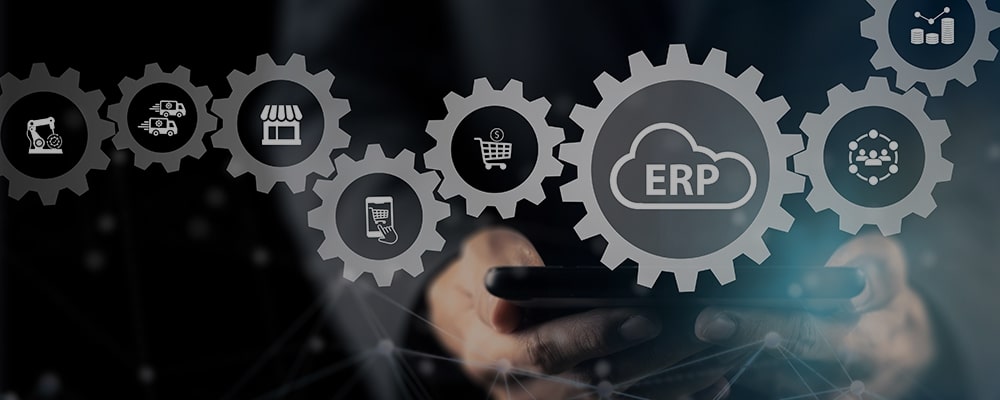Many developing organizations downplay the value of spending money on software and hardware for business technology. As a result, most firms continue using their legacy ERP software or simple accounting system until a change is necessary. For businesses to thrive, their Enterprise resource planning (ERP) solutions must be of the highest caliber. A proper ERP system enables a seamless exchange of information between various departments and functions, effectively streamlining corporate procedures.
Moreover, an efficient ERP solution often covers many complex end-to-end business processes, including finance and operation, human resources, customer engagement, marketing, and more. According to statistics, 95% of organizations that implemented ERP saw improved organizational efficiency.
However, firms must take a few significant steps when switching to a new ERP system. The effectiveness of a project may be adversely affected if team members are not properly prepared for an ERP deployment. That’s why you need a foolproof strategy for your ERP implementation to be successful.
Here are a few essential steps you can follow to ensure a smooth ERP implementation:
Make sure your team is on board
Before starting your implementation journey, it’s important to communicate clearly with your team so they can support your vision. To do that, the team needs to know why the shift is required, the objectives behind it, and the drawbacks of not implementing it.
That’s why managers must clearly illustrate how the organization will profit from this project and define the necessity for change. Moreover, to prevent the project from stalling, you need to be clear about the budget and resources required to support it. It would also help ensure resource availability from the get-go, so there are no hurdles later.
Structure the project properly and define roles
Once all the stakeholders are on the same page, defining roles is of utmost importance. Your team should have a clearly defined and communicated project structure to prevent duplication of efforts or failure to complete crucial tasks. A project kick-off meeting can be a useful approach to establish expectations, define roles and duties, foster teamwork, and provide an opportunity for questions to be addressed.
To ensure awareness and involvement right away, the project sponsor should also be there. As a result, you will be able to communicate responsibilities and eliminate any lack of clarity that can cause confusion and problems during the implementation.
Carefully Select the Appropriate ERP Solution
The most important decision you need to make when kickstarting your ERP implementation is choosing the right software. Not all ERP solutions will provide you with the same advantages, and what has proven useful for someone else might not be the ideal option for your particular business needs. As a project manager, you would need to consider your company’s goals and objectives, the industry you are in, and your technical needs before making this decision.
You need to ask questions like: Will a cloud solution perform better for my company, or do we require an on-premise system? A knowledgeable ERP consultant should be able to guide you about all the issues and help you make the best selection.












